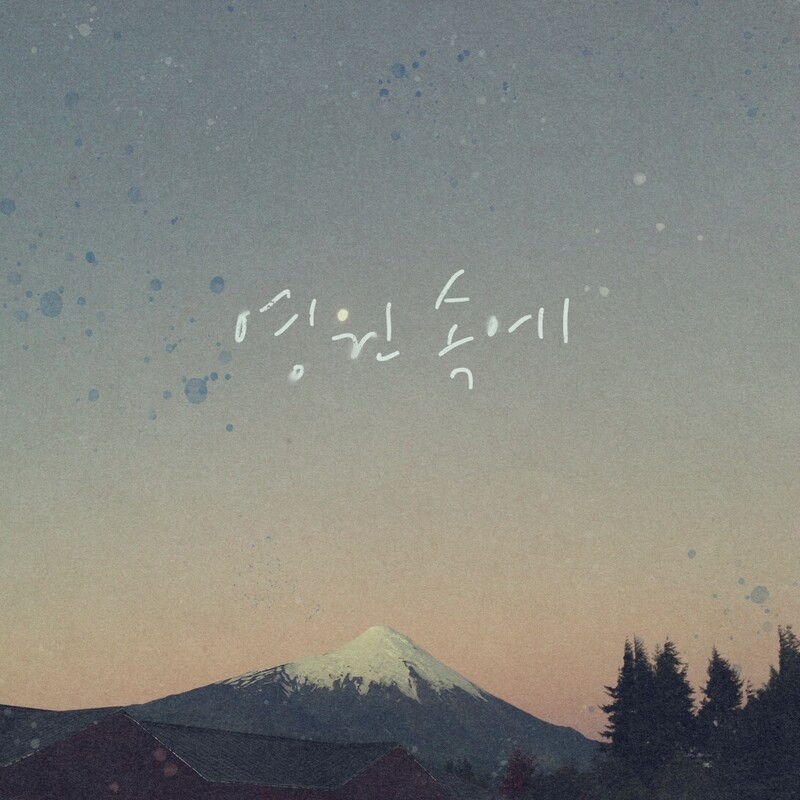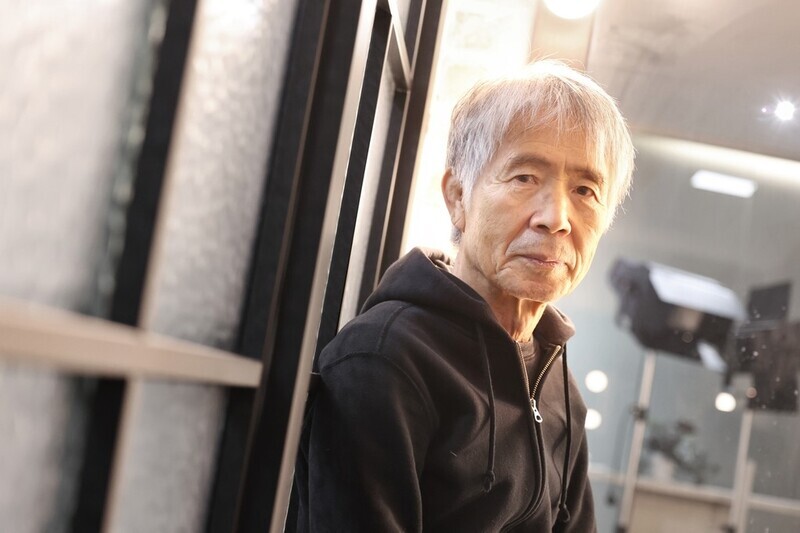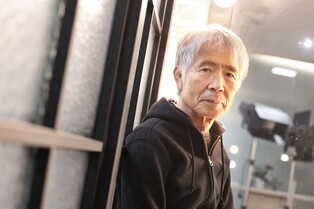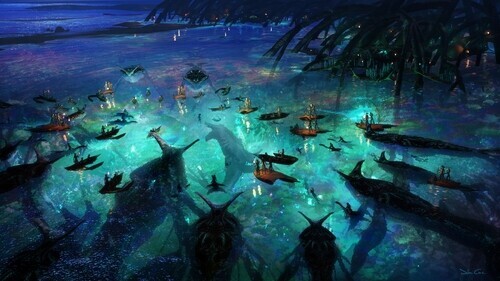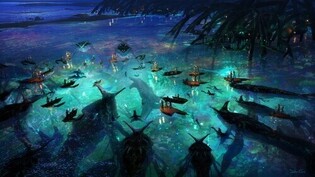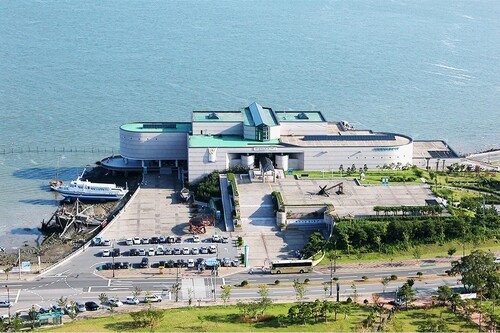 |
| ▲ This image of the Mokpo Maritime Museum is provided by the museum. (PHOTO NOT FOR SALE) (Yonhap) |
Precious artifacts, discovered in underwater excavations over the past decade, will be showcased in a special exhibition, Mokpo Maritime Museum said on Tuesday.
The event, commemorating the museum's 30th anniversary, runs from Dec. 17, 2024, to March 30, 2025, as announced by the National Research Institute of Maritime Cultural Heritage on December 14.
Among the exhibited artifacts are the Buncheong ceramics, decorative roof tiles, and wooden seals.
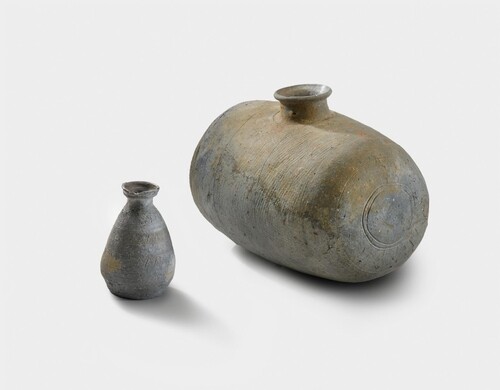 |
| ▲ This image of the artifacts excavated from Yeongheungdo shipwreck is provided by the National Research Institute of Maritime Cultural Heritage. (PHOTO NOT FOR SALE) (Yonhap) |
The exhibition, titled 10 Years of the Sea: Special Discoveries, highlights the results of underwater archaeological surveys conducted between 2012 and 2022 in regions such as Taean, Chungcheongnam-do, and Sinchang-ri, Jeju Island. A total of 190 artifacts are featured, ranging from items recovered from an 8th-century Unified Silla shipwreck to decorative roof tiles linked to the Joseon royal court.
The exhibition begins with the discovery of the Yeongheungdo shipwreck, initially reported in 2013. Divers uncovered the vessel, originally thought to date back to the Goryeo period, but later confirmed to be from the Unified Silla period (8th century). Artifacts such as pottery jars, bronze ewers, and earthenware bottles provide a glimpse into maritime activities of the era. This ship is the earliest-known vessel recovered from Korean waters, according to the institute.
Artifacts from Sinchang-ri, Jeju, where underwater excavations began after gold ornaments were found by haenyeo divers in 1983, are also on display. Items include celadon and white porcelain from China's Southern Song dynasty, wooden seals inscribed with the word "謹封" (geunbong, meticulously sealed), and ancient Chinese coins. A massive 600-kilogram anchor stone suggests the presence of large vessels that sank in the area.
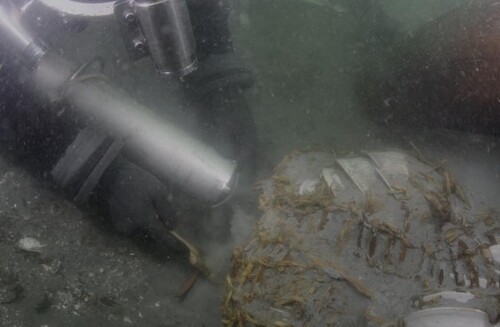 |
| ▲ This photo, published in the 2016 "Underwater Excavation Report on Taean Mado Shipwreck No. 4," is provided by the National Research Institute of Maritime Cultural Heritage. (PHOTO NOT FOR SALE) (Yonhap) |
The Taean sea region, often called the “Maritime Gyeongju,” has yielded significant finds, including materials from the Mado No. 4 shipwreck, a Joseon-era vessel. Artifacts such as wooden tablets (mokgan) with inscriptions, Buncheong ware plates engraved with "內贍" (naeseom, related to royal provisions), and official documents provide insights into maritime logistics and trade during the Joseon dynasty.
Recent discoveries from Taean’s intertidal zones, including royal roof tile decorations such as chuidu (eagle-head tiles), are also unveiled, reflecting the craftsmanship of the royal court.
The exhibition is open to the public from Tuesday to Sunday, 9 a.m. to 6 p.m. Visitors can explore Korea's rich underwater cultural heritage and its historical ties to trade and maritime activity.
(C) Yonhap News Agency. All Rights Reserved


















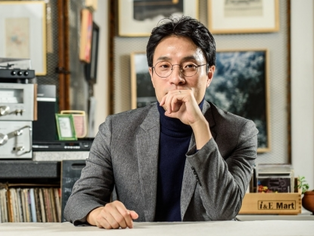
![[2026 Outlook] BTS, BLACKPINK comebacks; UNESCO World Heritage session in Busan fuel K-culture momentum](/news/data/20251226/p1065576816972067_337_h.jpg)



